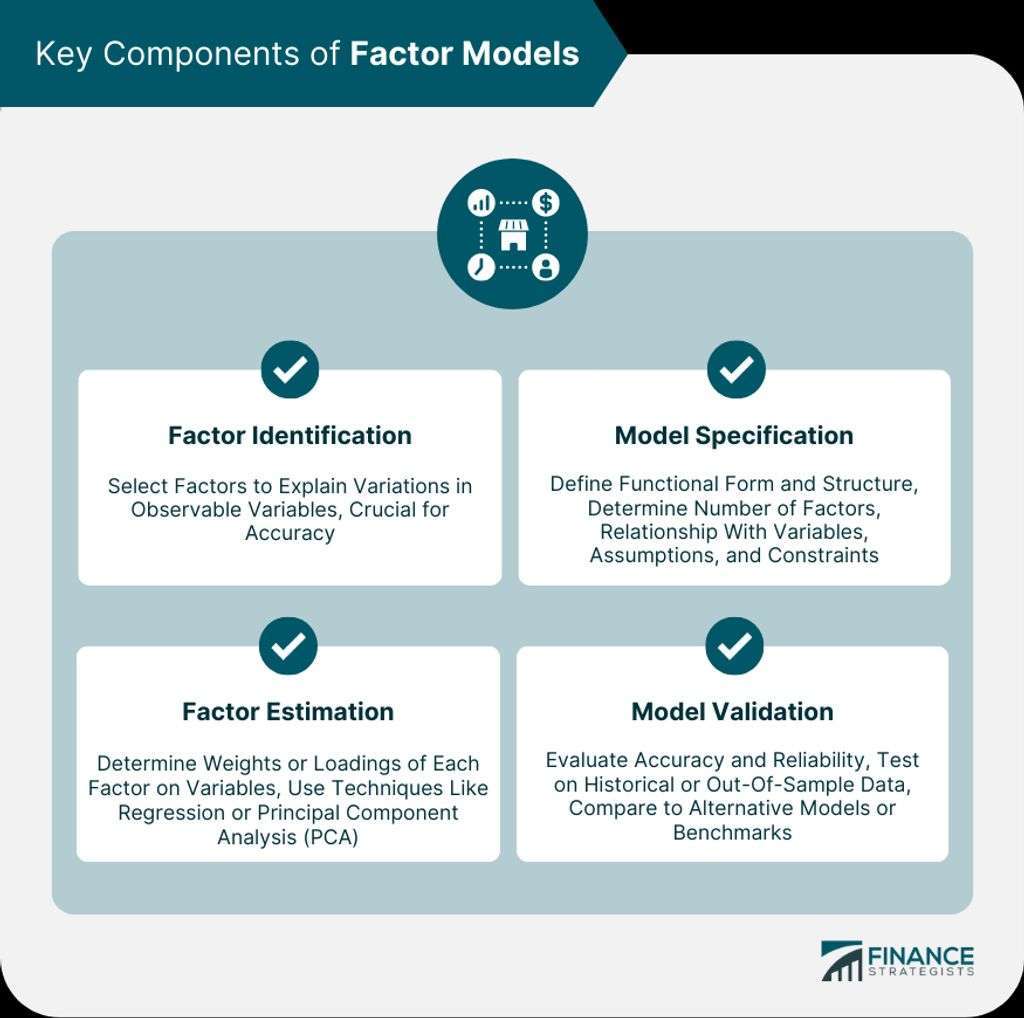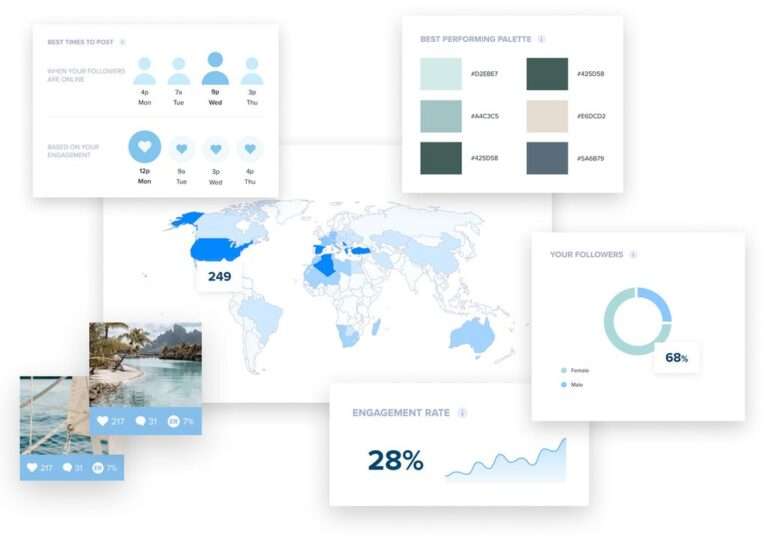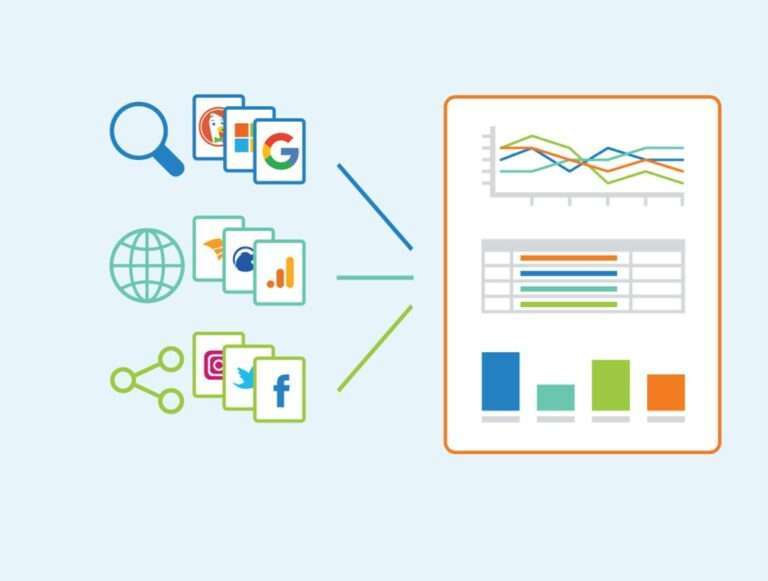What is Data-Driven Content Analysis?
Overview
What is Data-Driven Content Analysis?
Data-Driven Content Analysis is a research method that involves the systematic collection and analysis of data from various sources to gain insights and understand patterns in content. It utilizes quantitative and qualitative data collection techniques to examine text, images, videos, and other forms of content. By applying statistical analysis techniques and text mining algorithms, researchers can uncover valuable information about audience preferences, sentiment, and trends. This method enables organizations to make data-driven decisions and optimize their content strategies for better engagement and impact.
Why is Data-Driven Content Analysis Important?
Data-driven content analysis is important for several reasons:
Insights – By analyzing data, organizations can gain valuable insights into customer behavior, market trends, and content performance. These insights can inform decision-making and help organizations optimize their content strategies.
Personalization – Data-driven content analysis allows organizations to personalize their content based on audience preferences and interests. By understanding what types of content resonate with different segments of their audience, organizations can deliver more targeted and relevant messaging.
Competitive Advantage – In today’s digital landscape, data is a valuable asset. Organizations that leverage data-driven content analysis have a competitive advantage over those that rely solely on intuition or guesswork. By using data to drive content decisions, organizations can stay ahead of the curve and deliver content that resonates with their target audience.
Overall, data-driven content analysis is essential for organizations looking to maximize the impact of their content and drive meaningful results.
Benefits of Data-Driven Content Analysis
Data-driven content analysis offers several benefits for organizations. Firstly, it provides insights into customer preferences, allowing businesses to create targeted and personalized content. This can lead to higher customer engagement and conversion rates. Secondly, data-driven content analysis helps identify trends and patterns in consumer behavior, enabling organizations to make informed decisions and stay ahead of the competition. Additionally, it allows for data-driven decision making, reducing the reliance on guesswork and intuition. By leveraging data, organizations can optimize their content strategies and improve overall performance. Finally, data-driven content analysis can uncover hidden opportunities and identify gaps in the market, helping organizations develop innovative solutions and gain a competitive edge.
Methods of Data Collection
Quantitative Data Collection
Quantitative data collection involves gathering numerical data from various sources. This can include surveys, experiments, or analyzing existing datasets. The data collected is typically structured and can be analyzed using statistical methods. Quantitative data provides objective and measurable insights, allowing researchers to identify patterns, trends, and relationships. It is important to ensure the data collected is reliable and representative of the target population. Table 1 provides an overview of common methods used in quantitative data collection.
| Method | Description |
|---|---|
| Surveys | Questionnaires administered to a sample of individuals to gather data on specific variables. |
| Experiments | Controlled studies where variables are manipulated to determine cause and effect relationships. |
| Existing Datasets | Analysis of pre-existing datasets, such as government records or online databases. |
Quantitative data collection is valuable in understanding numerical trends and patterns, making it a powerful tool in data-driven content analysis.
Qualitative Data Collection
Qualitative data collection is a research method that focuses on gathering non-numerical data to gain a deeper understanding of a phenomenon. This method involves techniques such as interviews, focus groups, and observations. Qualitative data provides rich and detailed insights into the thoughts, opinions, and experiences of individuals, allowing researchers to explore complex social and behavioral phenomena. Researchers can use techniques like thematic analysis and content analysis to identify patterns and themes within the qualitative data. The use of qualitative data collection methods in data-driven content analysis can provide valuable context and depth to complement quantitative data analysis.
Combining Quantitative and Qualitative Data
Combining quantitative and qualitative data in content analysis allows for a more comprehensive understanding of the data. Quantitative data provides numerical and statistical insights, while qualitative data offers in-depth and nuanced insights. By combining these two types of data, researchers can gain a holistic view of the content being analyzed. This approach enables the identification of patterns, trends, and themes that may not be apparent when analyzing each type of data separately. Additionally, the combination of quantitative and qualitative data allows for a more robust and reliable analysis, enhancing the validity and reliability of the findings.
Analyzing Data for Insights
Data Cleaning and Preparation
Data cleaning and preparation is a crucial step in data-driven content analysis. It involves removing irrelevant or duplicate data, standardizing data formats, and handling missing values. This process ensures that the data is accurate, complete, and ready for analysis. Additionally, data cleaning may involve transforming data to make it suitable for analysis, such as converting categorical variables into numerical ones. Proper data cleaning and preparation help in reducing bias and errors in the analysis, ensuring reliable and valid insights. It is essential to document the steps taken during this process to maintain transparency and reproducibility. The table below summarizes some common techniques used in data cleaning and preparation:
| Technique | Description |
|---|---|
| Removal of duplicates | Eliminating duplicate records from the dataset |
| Handling missing values | Dealing with missing or null values in the data |
| Standardization | Ensuring consistent formats and units across the data |
| Transformation | Modifying data to meet the requirements of the analysis |
By following these techniques, researchers can ensure the integrity and quality of the data before proceeding with further analysis.
Statistical Analysis Techniques
Statistical analysis techniques play a crucial role in data-driven content analysis. These techniques allow researchers to uncover patterns, trends, and relationships within the collected data. Descriptive statistics provide a summary of the data, while inferential statistics help draw conclusions and make predictions. Additionally, correlation analysis helps determine the strength and direction of relationships between variables. Another important technique is regression analysis, which allows for the identification of the factors that influence certain outcomes. By utilizing these statistical analysis techniques, researchers can gain deeper insights and make evidence-based decisions.
Text Mining and Natural Language Processing
Text mining and natural language processing (NLP) are two important techniques used in data-driven content analysis. Text mining involves extracting useful information and patterns from large amounts of text data, while NLP focuses on understanding and processing human language. These techniques enable researchers and organizations to gain valuable insights from textual data, such as customer reviews, social media posts, and news articles. Text mining and NLP can be used to identify trends, sentiment analysis, topic modeling, and entity recognition. By leveraging these techniques, businesses can make data-driven decisions, improve customer experience, and gain a competitive edge in the market.
Conclusion
Key Takeaways
In conclusion, data-driven content analysis offers valuable insights for organizations. By leveraging quantitative and qualitative data collection methods, organizations can gain a comprehensive understanding of their content and audience. Through techniques such as data cleaning and preparation, statistical analysis, and text mining and natural language processing, organizations can extract meaningful insights and make informed decisions. As data-driven content analysis continues to evolve, future trends may include advancements in AI and machine learning. Implementing data-driven content analysis in your organization can lead to improved content strategy, audience engagement, and overall success.
Future Trends in Data-Driven Content Analysis
As technology continues to advance, the future of data-driven content analysis looks promising. Artificial intelligence and machine learning algorithms are becoming increasingly sophisticated, allowing for more accurate and efficient analysis of large datasets. Additionally, predictive analytics is expected to play a major role in identifying trends and patterns in content, helping organizations make data-driven decisions. Furthermore, the integration of natural language processing and deep learning techniques will enable the analysis of unstructured data, such as social media posts and customer reviews. With these advancements, data-driven content analysis is set to revolutionize how organizations understand and leverage their content for strategic purposes.
Implementing Data-Driven Content Analysis in Your Organization
Implementing data-driven content analysis in your organization can provide numerous benefits. By leveraging quantitative and qualitative data collection methods, you can gain valuable insights into your content and audience. Data cleaning and preparation techniques ensure the accuracy and reliability of your analysis. Statistical analysis techniques enable you to identify patterns and trends in your data. Additionally, text mining and natural language processing allow you to extract meaningful information from textual content. By adopting data-driven content analysis, you can make informed decisions, optimize your content strategy, and stay ahead of the competition in today’s data-driven world.









 العربية
العربية Čeština
Čeština Dansk
Dansk Nederlands
Nederlands English
English Suomi
Suomi Français
Français Deutsch
Deutsch Italiano
Italiano 日本語
日本語 한국어
한국어 Norsk bokmål
Norsk bokmål Polski
Polski Português
Português Русский
Русский Español
Español Svenska
Svenska